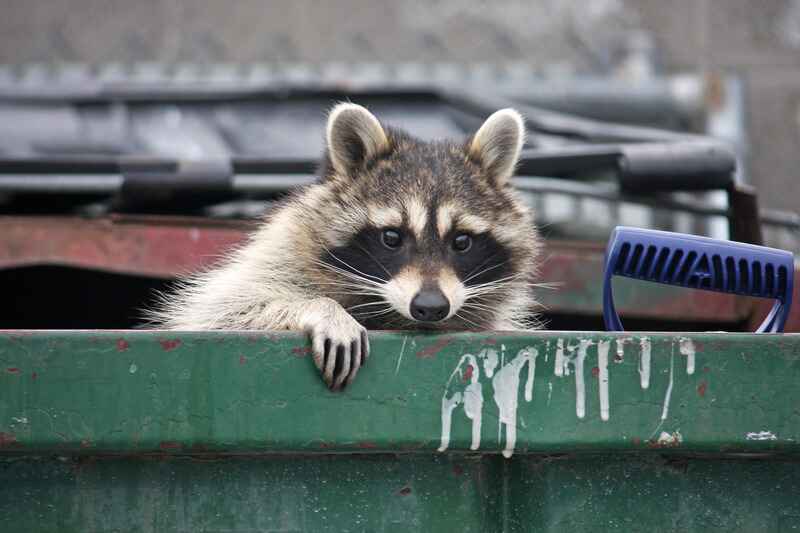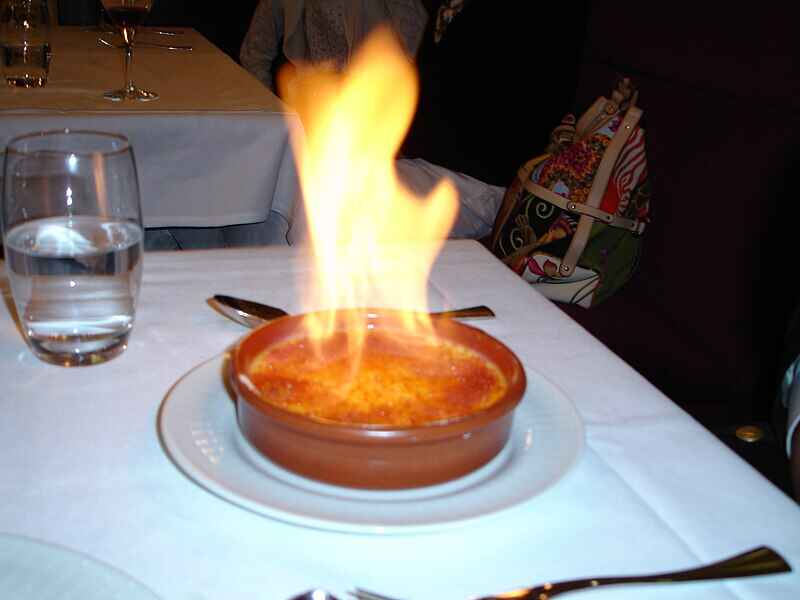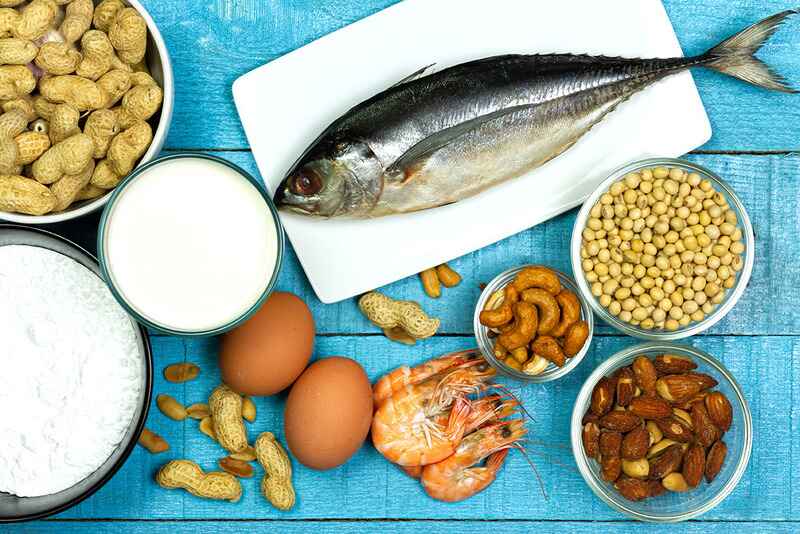Most pest problems at food service facilities don’t begin inside the building but from the outside. Recycling bins, dumpsters, garbage cans, and food composting containers can attract insects, rodents, raccoons, and other invasive creatures that pose food safety risks and potentially eat into your business’ profits. We will provide ServSafe hints to help eliminate pest problems at your facility.

ServSafe MN Info for Keeping Pests from Getting into Your Facility
Reducing waste can help reduce your pest risks. However, there is no way to eliminate garbage, recyclable containers, and food scraps completely. Steps can be taken to prevent pests from inhabiting the areas where your garbage is stored until trash day.
- Keep areas around trash bins clean
- Bag all garbage
- Rinse recyclables
- Keep lids to trash receptacles closed
- Seal and lock compost and food recycling containers
“To reduce the risk of rodents, it is essential to maintain cleanliness in your trash storage area. However, simply picking up spilled trash may not be sufficient to keep away odors. Servsafe managers know that certain pests, such as rodents, have a heightened sense of smell, so if you have a significant garbage spill, you may want to hose down the area to prevent odors from lingering. Bagging all garbage is also an effective way of reducing odors from attracting unwanted creatures. Rinsing bottles and cans will help keep pests, especially insects, away from your facility. If no food residue is left in your recyclables, there will be very little to attract pesky bugs. Once your trash and recyclables are in the appropriate receptacle, making sure the lids are closed is essential to keeping smaller animals from exploring what’s inside.
Secure Compost Containers
One current waste reduction trend is to compost the waste from vegetable products for gardening use around company property. If your facility composts, it’s essential to keep your composting bins sealed, and it may even be a good idea to keep them locked and away from the building. Purchasing plastic bins that are designed for this purpose will do the most to prevent attracting animals.
As with most food safety hazards, prevention, cleanliness, and diligence are the keys to keeping pests out of your outdoor trash storage areas. At Safe Food Training, we like to hear ideas from local food-certified managers. What ServSafe tricks do you use to keep pests out of your trash storage areas?




